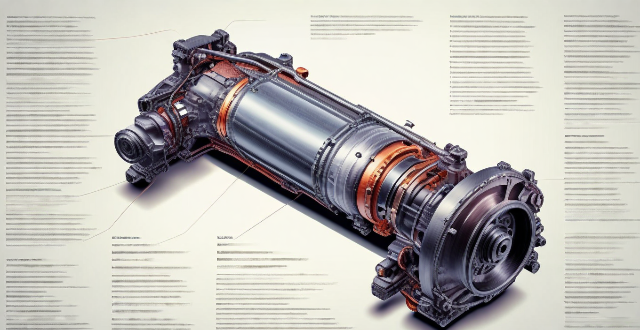This topic summary discusses the differences between turbocharged and supercharged car engines. Turbocharging uses a turbine and compressor to increase air and fuel entering the combustion chamber, while supercharging uses a belt-driven supercharger for immediate power. Turbocharging is more efficient with potential drawbacks of turbo lag and complexity, while supercharging provides instant response but can decrease fuel efficiency and increase emissions. The choice between the two systems depends on the driver's needs and preferences.

The Difference between a Turbocharged and a Supercharged Car Engine
Introduction
Car engines are designed to convert fuel into mechanical energy, which is used to propel the vehicle. There are two types of forced induction systems that are commonly used to increase the power output of an engine: turbocharging and supercharging. In this article, we will explore the differences between these two systems.
Turbocharging
A turbocharged engine uses a turbocharger to increase the amount of air and fuel entering the combustion chamber. The turbocharger consists of a turbine and a compressor, both of which are connected by a shaft. Exhaust gases from the engine spin the turbine, which in turn spins the compressor. The compressor then forces more air into the engine, increasing its power output.
Advantages of Turbocharging
- Increased Efficiency: Turbocharging can improve fuel efficiency by allowing the engine to produce more power with less fuel.
- Lower Emissions: By using less fuel, turbocharging can also reduce harmful emissions from the engine.
- Improved Performance: Turbocharging can significantly increase an engine's horsepower and torque, making it more powerful and responsive.
Disadvantages of Turbocharging
- Turbo Lag: There may be a slight delay between when the driver presses the accelerator and when the turbocharger provides additional power (known as "turbo lag").
- Complexity: Turbocharging adds complexity to an engine, which can make it more difficult (and expensive) to maintain.
- Heat: The increased temperature generated by turbocharging can put additional stress on engine components.
Supercharging
A supercharged engine uses a supercharger to force more air into the combustion chamber. Unlike a turbocharger, which is driven by exhaust gases, a supercharger is typically driven by a belt connected to the engine's crankshaft. This means that a supercharger can provide immediate boost as soon as the driver presses the accelerator.
Advantages of Supercharging
- Immediate Response: Supercharging provides instant power without any delay or "lag".
- Simplicity: Superchargers are generally simpler than turbochargers, making them easier (and cheaper) to maintain.
- Versatility: Superchargers can be used on a wide variety of engines, including high-performance sports cars and heavy-duty trucks.
Disadvantages of Supercharging
- Fuel Efficiency: Supercharging can decrease fuel efficiency because it requires additional energy from the engine to power the supercharger.
- Emissions: The increased fuel consumption associated with supercharging can also lead to higher emissions.
- Heat: Like turbocharging, supercharging generates additional heat, which can put stress on engine components.
Conclusion
Both turbocharging and supercharging are effective ways to increase an engine's power output. However, each system has its own advantages and disadvantages. Turbocharging is generally more efficient but may have a slight delay before providing additional power. Supercharging provides immediate response but can decrease fuel efficiency and increase emissions. Ultimately, the choice between these two systems will depend on the specific needs and preferences of the driver.